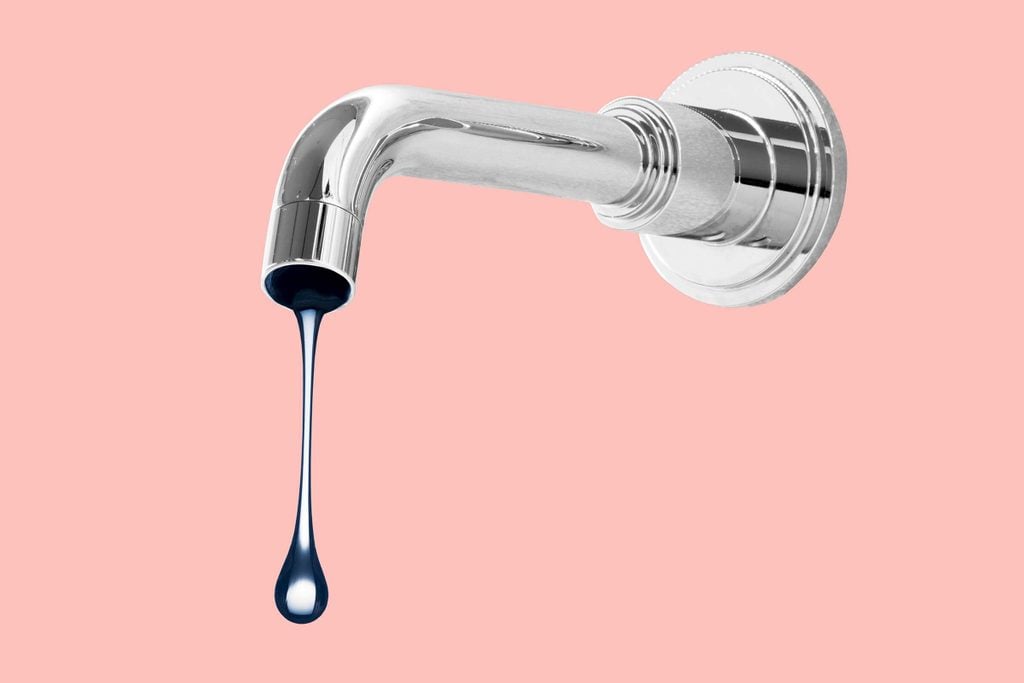
Your bladder health
Urinary incontinence is twice as prevalent in women as men, but only 1 in 4 women with urinary incontinence seeks medical care, according to The Journal of the American Medical Association. And though there are proven strategies to manage urinary incontinence, less than half of these women end up receiving treatment and simply live with a condition that can be debilitating, not to mention uncomfortable, inconvenient, and embarrassing. Women of all ages should be proactive about implementing lifestyle changes and habits to improve bladder health, in addition to consulting physicians for recommended treatment plans. These are the bladder health changes to watch for beginning in your 20s.
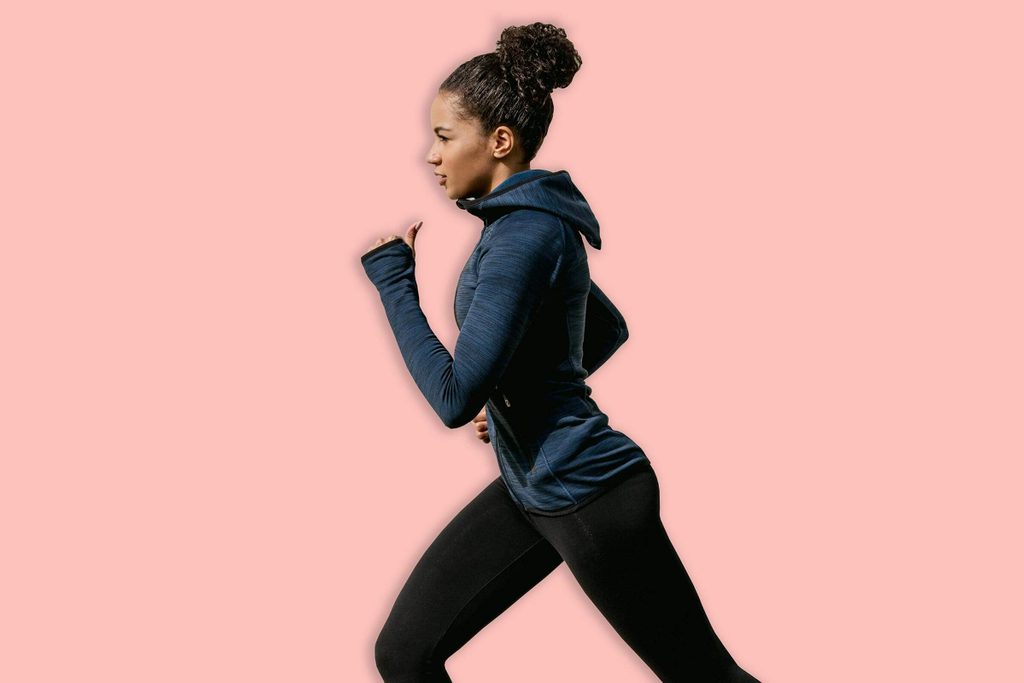
In your 20s
Women in their 20s can begin to experience bladder leakage problems, often from stress incontinence, which is when an activity such as laughing, sneezing, coughing or running creates pressure on the urethra, causing a urinary leak. Here’s how to prevent urinary incontinence during exercise. Young women should begin practicing Kegel exercises regularly to strengthen the pelvic floor muscles. Read more about how to take care of your pelvic floor.

In your 30s
Stress incontinence is actually most common for women in their 30s due to a slew of factors including pregnancy, childbirth, weight gain, declining estrogen levels leading up to perimenopause, and normal age-related muscle loss—all of which can result in more pressure on the bladder and urethra. In addition to Kegel exercises, women in their 30s should learn to monitor fluid intake and avoid or minimize bladder-irritating liquids such as overly caffeinated or acidic beverages, including alcohol, coffee, and sodas with citric acid added.
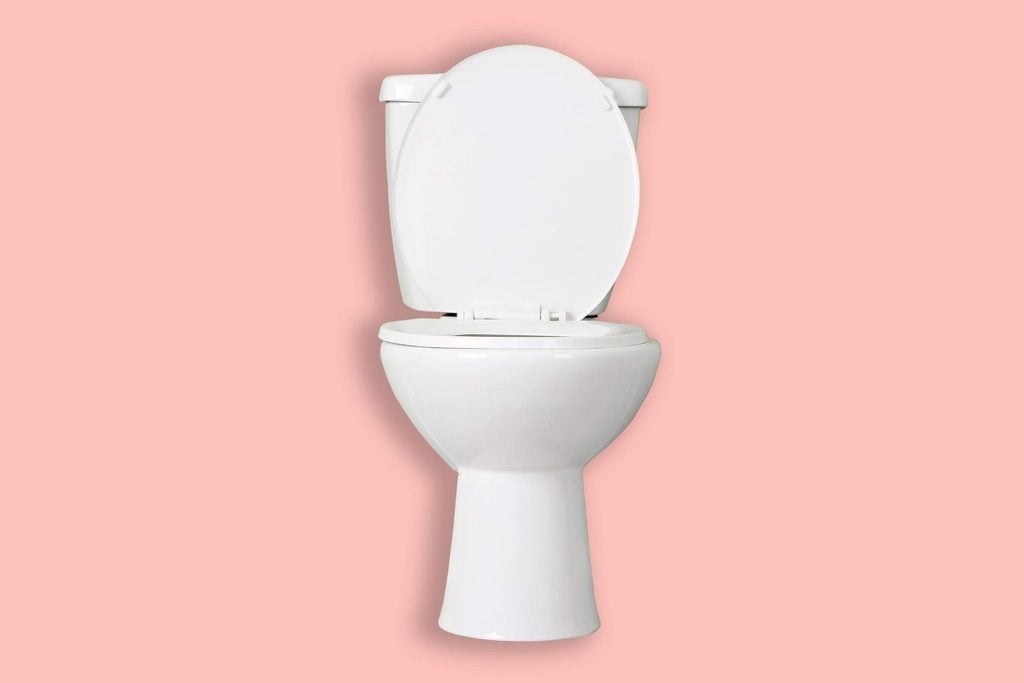
In your 40s
Women in their 40s often experience both stress and urge incontinence, also called “overactive bladder”—these are the symptoms of overactive bladder. Though the cause of urge incontinence is still largely unknown, for women in their 40s, small daily lifestyle changes can make a big impact. A good start: Drink small amounts of fluid at a time throughout the day and stop drinking fluids two hours before bedtime. Additionally, I advise that women should always empty their bladders completely because if not, the urine can go back into the bladder, increasing the risk of infection. Here are more potential causes of urinary tract infection.
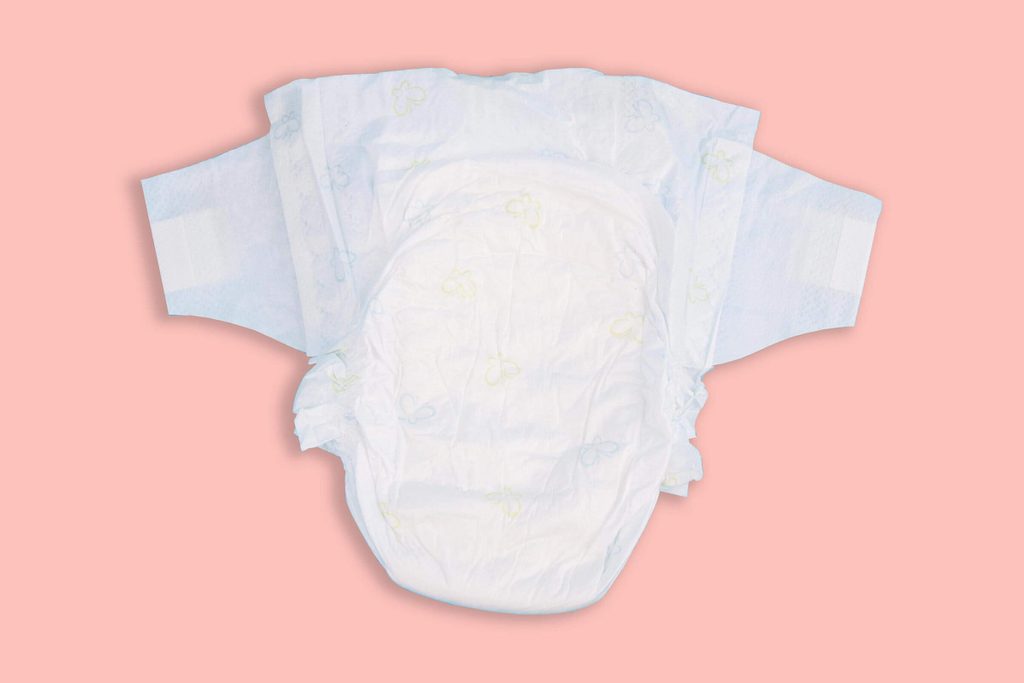
In your 50s
Throughout menopause, the tissues that line the urethra become thinner due to a decrease in estrogen, leading to the weakening of bladder muscles. (Don’t miss these signs that you could have a pelvic floor disorder.) I often talk to women in their 50s who tell me they let bladder leaks affect their social lives—meaning they’ve stopped exercising or going out with friends. But there are solutions, including surgery, pelvic floor rehabilitation, and over-the-counter products such as bladder leak underwear (like Always Discreet Boutique). Here are overactive bladder treatments experts recommend.
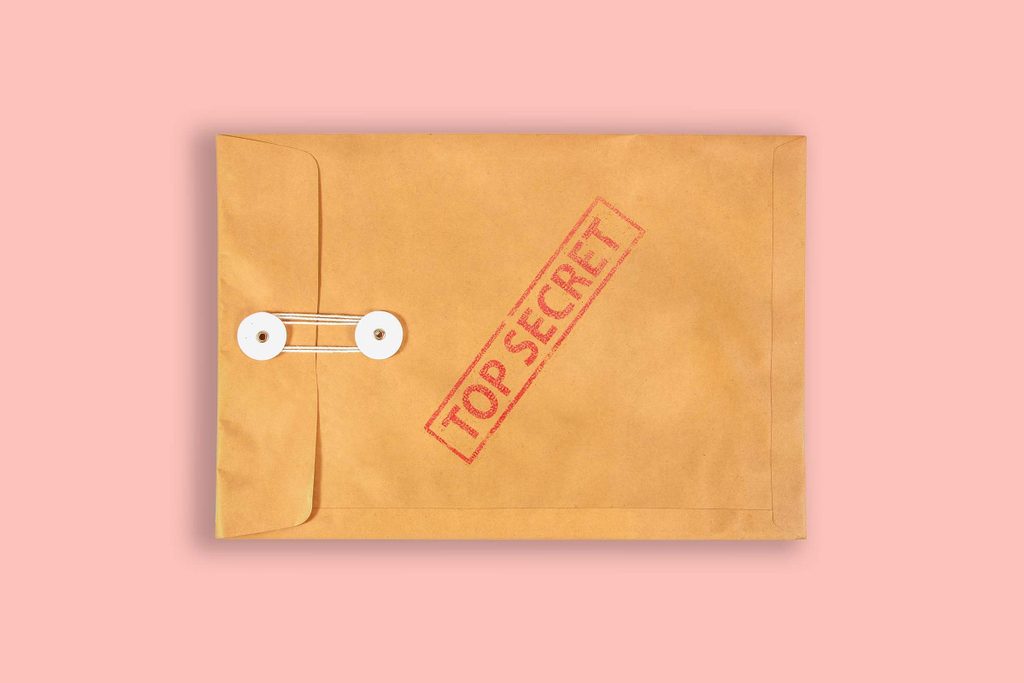
Don’t keep it a secret
Too many women keep adult incontinence to themselves and continue to experience unnecessary embarrassment from bladder leakage. A recent national survey by Always Discreet found that half of women admit that bladder leaks affect their personal confidence when they’re doing things they enjoy. The reality is that 1 in 3 women ages 18 to 75 experience bladder leaks of some sort. Instead of dealing with bladder sensitivities alone, I urge women to reach out to their physicians to determine the cause of bladder leaks to receive appropriate treatment. (Here are more secrets your vagina wishes you knew.)